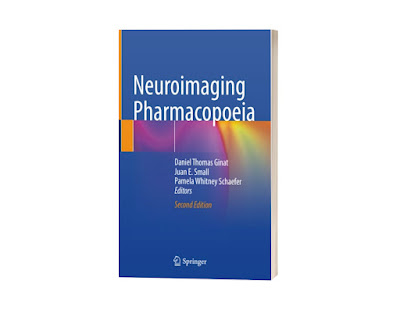mended or prescribed for any therapeutic or
medicinal purposes. It is smoked or chewed for
recreational use as a potent temporary stimulant
and mood elevator.
Nicotine, the primary active compound in ciga-
rettes, is considered one of the most addictive of
all substances because of its rapid onset and off-
set effects on the brain’s dopamine reward sys-
tems. Inhaled nicotine can distribute in the brain
within 10 s of inhalation but lasts mere seconds,
causing a powerful urge for more. Of note, the
long-term devastating sequela from smoking as it
relates to neurologic disease are only partially
explained by nicotine. Aside from nicotine,
tobacco contains over 6000 other chemical com-
pounds. In particular, polycyclic aromatic hydro-
carbons and the tobacco-specifc nitrosamine
4-(methylnitrosamino)-1-(3-pyridyl)-1-butanone
have been implicated as the major carcinogens
associated with cigarette smoking. Additional
details regarding the mechanisms of action for
specifc conditions are discussed in subsequent
sections.
Tobacco use is the leading cause of preventable
death in the USA. An estimated 400,000 deaths
or nearly one of every fve deaths in the USA is
associated with adverse conditions caused by
smoking each year. Nearly every organ system is
affected by cigarette smoking. The associated
manifestations of cigarette smoking from a neu-
roimaging standpoint include the direct link
between smoking and large vessels and lacunar
infarcts, chronic small vessel ischemic disease,
cerebral aneurysms, cerebral venous thrombosis,
head and neck cancer of the squamous type, lung
cancer metastases to the brain, and Warthin
tumors.
Compared with nonsmokers, cigarette smoking
is estimated to increase the risk of stroke by two
to fourfold. Of note, stroke is the third leading
cause of death in the USA with signifcant comor-
bidity in survivors. Mechanisms by which pri-
mary and second-hand tobacco smoke exposure
increase the risk of stroke and heart disease
include carboxyhemoglobinemia, increased
platelet aggregation, increased fbrinogen levels,
reduced HDL cholesterol, and direct toxic effects
of compounds such as 1,3-butadiene, a vapor
phase constituent of environmental tobacco
smoke that has been shown to accelerate athero-
sclerosis. Indeed, atherosclerosis and formation
of both occlusive and embolic thrombi are the
major causes of cerebrovascular accidents.
Smoking is also associated with lacunar infarcts
and chronic small vessel ischemic disease.
Smoking cessation results in a considerable
reduction in stroke risk.
On conventional angiography, CTA or MRA,
atherosclerosis manifests as luminal narrowing
that may be associated with calcifcations. Acute
embolic thrombus is suggested by intraluminal
high attenuation on non-contrast CT, such as the
hyperdense MCA sign, and manifests as an
abrupt termination of the artery with absence of
fow distally on CTA, MRA, or conventional
angiography (Fig. 1.1). Hyperacute infarcts are
often unapparent on non-contrast CT, but acute
and early subacute infarcts can appear as areas
of hypoattenuation with loss of gray white mat-
ter differentiation and swelling. MRI with
diffusion-weighted imaging is more sensitive
for detecting early infarcts, which appear as
areas of high T2 signal and restricted diffusion
(Fig. 1.2). Besides smoking, other causes and
risk factors for stroke include hypertension,
hypercholesterolemia, diabetes, use of other
drugs, such as cocaine and amphetamines (refer
to Chaps. 5 and 6), dissection (Fig. 1.3), and
vasculitis, such as lupus or Takayasu arteritis
(Fig. 1.4). In addition to large territorial infarcts,
smokers are prone to more extensive small ves-
sel ischemic disease, which can manifest as
areas of high T2 signal in the cerebral white
matter (Fig. 1.5).

